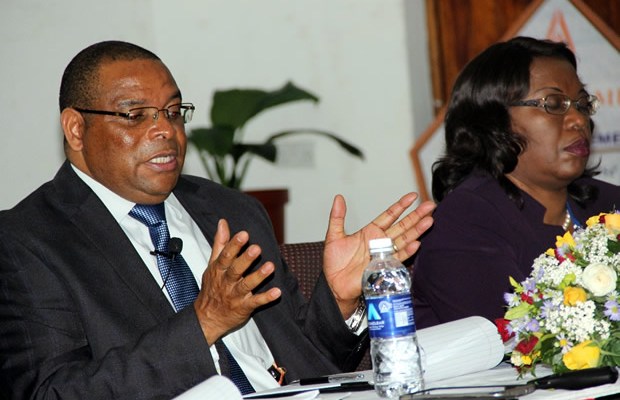Expectations are that the monetary policy committee will implore a ‘wait and see approach’ in light of dented global growth as a consequence of uncertainty from Sino – US trade impasse and Brexit. These factors continue to impact commodities market such as crude and copper which impact Southern African nation. GDP growth target for 2019 is another determinant of supportive monetary policy in lien of the fiscal pressures from debt service which is expected to be higher this year.

The Bank of Zambia will on 18 – 19 February commence rate decision meeting deliberations for monetary policy for first quarter of 2019 after-which the committee will announce its stance on Wednesday 20 February. Our analysts expect very little change to current policy stance given a forward looking view weighing on the global macro backdrop given the current uncertainty in the world.
Foward looking monetary policy is the global tone
Most central banks have implored a forward looking approach that prices in effects of the US – China trade war, Brexit and weakness in Chinese economic growth effects. The latter have an effect on base metal markets of which Zambia is runs exposure to copper which has reverberated within US$5,912 and US$6,250/MT on the London Metal Exchange as market mood swings from demand for riskier assets fluctuates clouded by the shadow of projected softer aggregate demand from the below 50 (Caixin/PMI readings of the Chinese economy).
Crude price bears, the biggest stimulus bet for Zambia this year
Other effects of the Sino – US trade impasse and weaker Chinese growth are volatility in the crude market fueling uncertainty in the Brent market which manifest in fuel price instability but more skewed towards oil price bears which if persistent, which is highly likely, will offer stimulus to Zambian industries. Currently the Zambian manufacturing cost curve is elevated from higher than, yet crude price unreflective levels which coupled with higher wage bill from an upward adjusted minimum wage bill, has slowed private sector activity for the last 6 – months whose headline PMI readings as reported by Stanbic Bank PMI are in the red territory.
Bullish growth in non industrial sectors
However, growth in other sectors not captured by the index is resilient and has proven as a bigger diversified driver in the 2018 when Q3 growth levitated to 5.1% with the non bank financial industry (insurance) and telecommunications sector (mobile money transactions) being the largest drivers. It is a dry point of construction that this year with the addition of an additional telco (UZI) more price disruption is expected in the sector to force data costs lower.
Seemingly stable macroeconomic variables
Inflation has been in check within the 6-8% targeted band as the kwacha despite stronger dollar environment as measured by DXY (dollar index) has been fairly stable within am 11.85-11.95 band. Cash markets are liquid enough with the BOZ in open market operations to ensure cash crunches are managed. Liquidity has been adequate enough to absorb kwacha asset sales (treasury bills) so far this year.
Risks of paralyzing the kwacha bond markets are high
The cash and liquidity markets still reflect a bearish sentiment with an inverted curve skewed to the treasury bill side than fixed income. 1-year money has remained hot at 23.5% levels 50bps ease from highs seen in 2018 of 24%. This has widened the premium between the bond market whose last sale was weakly subscribed.
If the Bank of Zambia does not correct the current term structure of interest rates, the primary bond market will be paralyzed as players will have more appetite for treasury bills. The spread is too wide.
Business Telegraph Lead Analyst
Given the current macro backdrop and the need for Zambia’s private sector activity to get out of the woods, the telegraph analysis desk is 95% confident that rates will remain unchanged at 9.75% but will be flexible to changes in the global economy.

